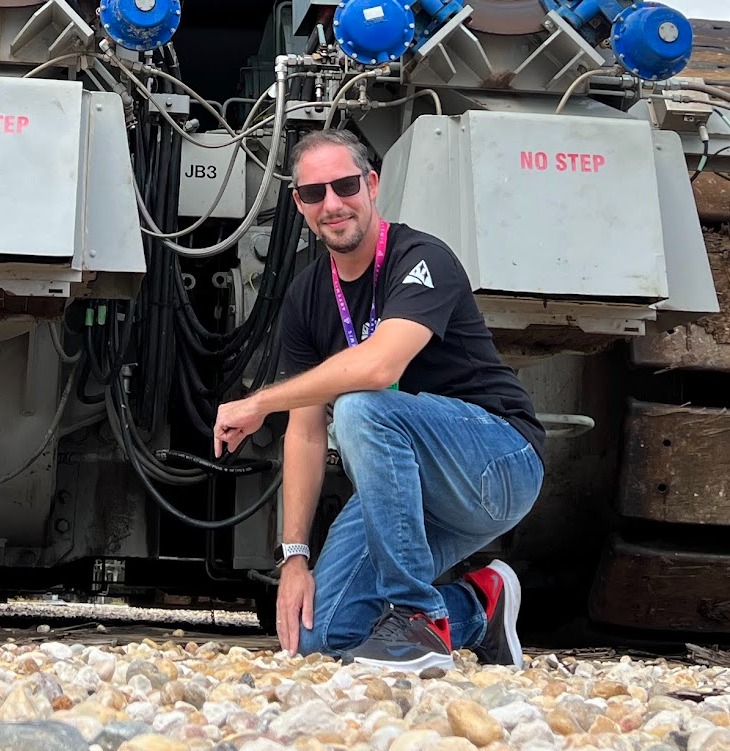Farewell to Antares 230+ & The Beginning of a New Chapter with Antares 300!
Written by

Felix Schlang
\
Published on August 09, 2023
August 1st witnessed the closing chapter of the Antares 230+ series, a rocket epitomizing the spirit of international collaboration. Brought to life by Northrop Grumman, this rocket stands as a testament to the seamless synergy between various nations.
Credit: NASA
The booster, or the first stage of this rocket, finds its origin in Ukraine, while the two RD-181 engines were sourced from Russia. Given the shifting sands of global politics, such partnerships are becoming rarer, shedding light on why the Antares 230+ series had to bid farewell.
Historically, the Antares rocket lineage has had one principal objective – to ensure the steady transport of cargo to the International Space Station (ISS) under the aegis of the Commercial Resupply Services program. This mission remained undeterred in the NG-19 mission, the year's inaugural and, regrettably, the last launch of Antares.
Credit: NASA
Yet, the Antares 230+ series bows out on a triumphant note. It flawlessly dispatched the Cygnus capsule, laden with over 3,700 kilograms (or 8,200 pounds) of essential provisions for the ISS. From water and food to the beloved freeze-dried ice cream and novel scientific experiments, the Antares ensured the ISS remained well-stocked.
A certain melancholy fills the air as we bid goodbye to the Antares 230+. Yet, it's pivotal to understand that this isn't the curtain call for the Antares series. The blueprint for its successor, the Antares 300, is already in motion. Firefly Aerospace has been entrusted with developing the new first stage. This revamped booster will abandon the dual Russian RD-181s in favor of seven of Firefly's own Miranda engines. Despite these innovations, the rocket's propellant will remain the reliable duo of Rocket Propellant 1 and Liquid Oxygen.
Credit: NASA
This transformative booster aims to achieve a staggering 7,200 kilonewtons of thrust, effectively doubling the thrust capability of the preceding Antares 200 series. Such augmentation forecasts a substantial enhancement in the rocket's payload capacity to orbit.
This alliance between Northrop Grumman and Firefly Aerospace appears particularly advantageous, given that both entities hail from the US. This common origin shields them from potential international sanctions, ensuring a smoother journey in rocket development and its consequent operations.
However, a slight shadow of concern does hover, given Firefly's relatively tumultuous history in rocket production. Their track record has witnessed two launches, with the initial one culminating in a failure and the subsequent one resulting in partial success, as the satellites veered off course.
Credit: NASA
With this mixed legacy, the question remains: Is Firefly geared up to shoulder this monumental responsibility? The space community watches with bated breath.
Check this out next:
This might also interest you!

